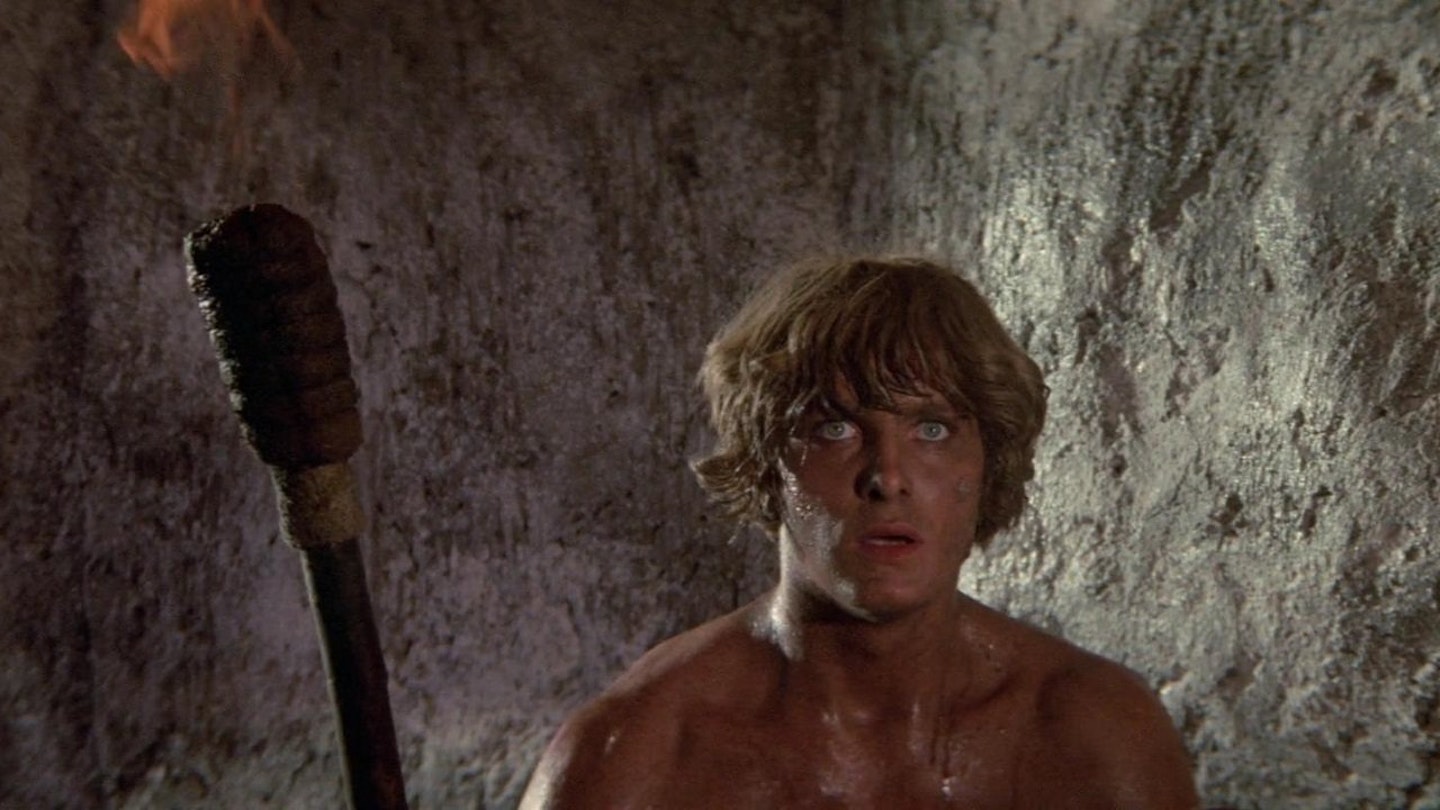Federico Fellini had long considered adapting Petronius's Satyricon. In 1966, he announced a production with Alberto Sordi and Claudia Cardinale, but his casting ambitions soon came to encompass Mae West, Groucho Marx, Jimmy Durante, Danny Kaye and Boris Karloff. Thwarted by their reluctance, he declared that unless he could land Richard Burton, Elizabeth Taylor, Marlon Brando, Brigitte Bardot, Jerry Lewis, Peter O'Toole, Lee Marvin, The Beatles and Presidents Lyndon Johnson and Charles De Gaulle he would settle for unknowns. So,when more realistic choices Terence Stamp and Pierre Clémenti proved too expensive, Fellini hired Martin Potter (a bit parter from The Caesars), Chelsea hippy Max Börn and New Yorker Hiram Keller, who'd had a minor slot in Hair.
Gleefully linking the fragments of the original text with decadent doings of his own devising, Fellini sought both to create an animated fresco and to recapture the free love aspirations of the waning Sixties. But what emerged was a photomontage of excess, whose autobiographical and satirical allusions Fellini alternately embraced and denied. The spirit of Nero's master of revels is still detectable, but Encolpius and Ascyltus's misadventures, which are undertaken with a vitality, curiosity and naivete that only youth could afford, are primarily based on dreams and musings drawn from Fellini's infamous notebooks.
Midway through production, Fellini discovered that Alfredo Bini had completed his own take on Petronius and United Artists was forced to acquire it for $1million in order to suppress its release. But comparisons might have deflected some of the barrage of criticism to which Fellini-Satyricon was subjected. Some protested at the decadence, others at the depiction of grotesques and caricatures. But, while commending Danilo Donati's designs, many accused Fellini of lazily setting La Dolce Vita in classical dress and taking its themes to extremes. This is certainly a wildly inconsistent and occasionally incoherent work, but it's far from the intellectually bankrupt Cecil B. DeMillean orgy that some have suggested.
